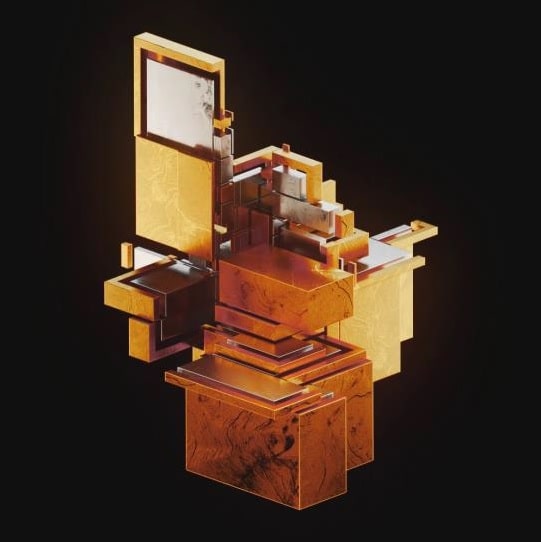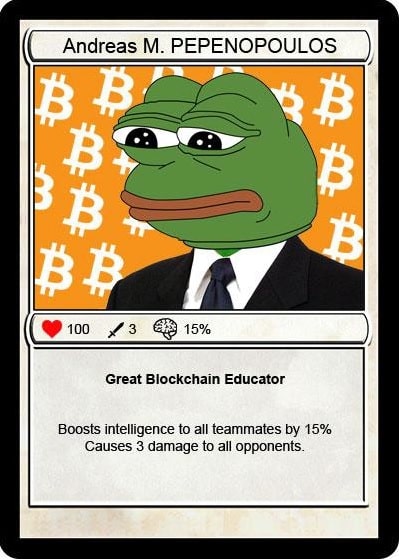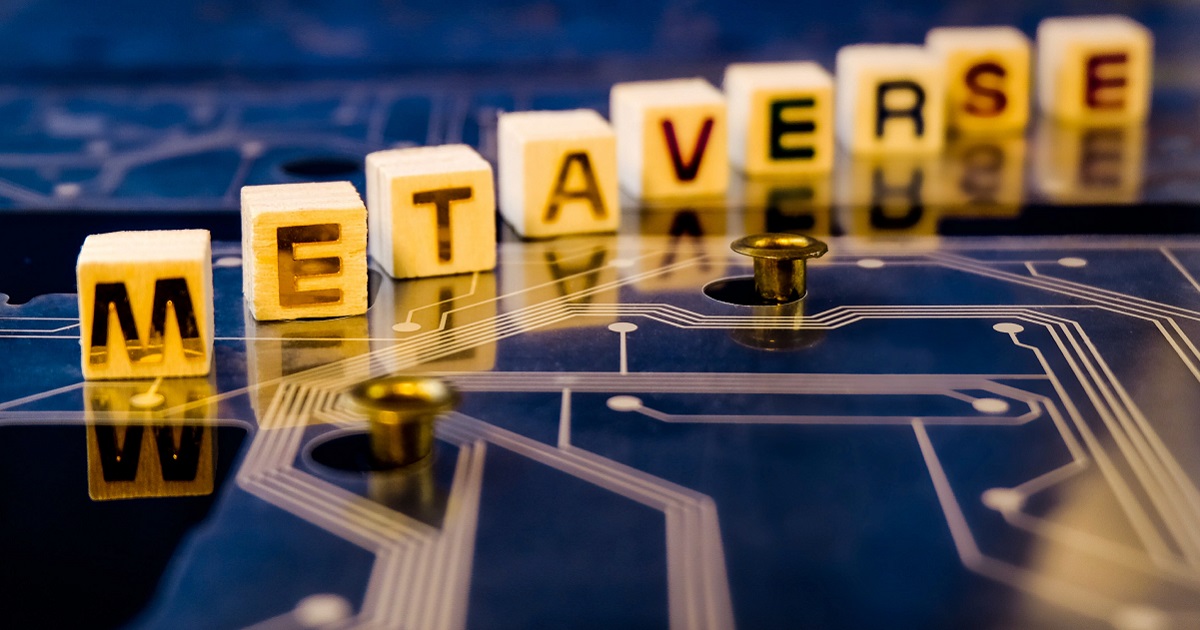Metaverse: A New Reality for Businesses
Blending and colliding of various technological ingredients resulted in the metaverse and it is now a new reality for business. To illustrate this, Su Aziz looks at the atypical business expansion of an almost three-century-old auction house into the metaverse and chats with co-founder of Mojito that’s driving its technology. This article was first published in In Focus issue 10 magazine.
SOTHEBY’S METAVERSE
In October 2021, Sotheby’s announced the debut of first-of-its-kind non-fungible token (NFT) platform – its metaverse. It’s a dedicated platform for collectors of digital art, offering a highly curated selection of NFTs handpicked by Sotheby’s specialists. Sotheby’s Metaverse was an industry first, since it’s the only auction house to build a proprietary, custom NFT marketplace that will serve as a destination for NFT sales at Sotheby’s.
Over the last year, the company has been at the forefront of bringing valuable NFT artworks and collectibles to market, partnering with the world’s leading crypto artists, curators and collectors. Early on in its exploration of NFTs, it recognised an opportunity to architect its own NFT marketplace which would serve as a virtual gathering space for the most sought-after NFTs available on the market. Sotheby’s Metaverse offers a sophisticated viewing experience that marries its renowned curatorial eye with cutting-edge Web3 technology, introducing a unique marketplace for rare and important works.
How it Works
Upon arriving at Sotheby’s Metaverse, users can explore the exclusive artworks available at auction and learn about the collectors and artists who have contributed these unique NFTs. Those interested in bidding will create a personal profile and receive a unique Sotheby’s Metaverse avatar designed by renowned crypto designer Pak.

Buyers can make final payments in ETH, BTC, USDC or in fiat currencies—all cryptocurrency transactions are subject to applicable laws and regulations. Sotheby’s Metaverse is set to evolve to include a full suite of marketplace features including primary offerings, dynamic auctions, open editions and capabilities to mint generative artworks.
It’s powered by Mojito, a new platform and commerce suite for creating bespoke NFT marketplaces, optimised for Ethereum and EVM-compatible (Ethereum virtual machines) networks and offers capabilities for enterprise integrations, fiat and crypto payments, compliance solutions as well as minting functionality.
Inauguration Collection
Inaugurating Sotheby’s Metaverse was Natively Digital 1.2: The Collectors. It featured 53 NFTs from 19 of the most influential and high-profile NFT collectors. This is a category of individuals who achieved celebrity status for their role in the advent of NFTs as a popular art form. The collection focused on highlighting those collectors who championed the NFT ecosystem through evangelism and discovery, investment in early projects, emerging artists and culturally significant artworks.
The NFT collectors include pseudonymous figures like VerticalCrypto Art, Pablo Rodriguez-Fraile, Pranksy and WhaleShark in addition to DJ as well as producer Steve Aoki and Paris Hilton – two figures in pop culture who transcended the world of music and entertainment to become prominent figures in the NFT ecosystem. The collectors have contributed works from renowned NFT artists such as Pak, Dmitri Cherniak, Hackatao, Hideki Tsukamoto, XCopy, Bored Ape Yacht Club of Yuga Labs and a contribution from Time magazine, among others.
Business Wise: It’s More than Just Money
Sotheby’s widely celebrated debut NFT sale in April of 2021, The Fungible collection with digital artist Pak, brought nearly 3,000 new buyers to Sotheby’s in an auction that garnered over USD17 million in sales. This landmark sale was followed by Sotheby’s Natively Digital, the first-ever NFT group sale from an auction house, which achieved USD17.1 million and set a new auction record for a single CryptoPunk with the landmark sale of CryptoPunk #7523 for USD11.8 million.

Natively Digital also featured many of the world’s most iconic and historic NFTs including the first ever NFT to be minted, Quantum by Kevin McCoy, and the first intelligent NFT (iNFT) by Robert Alice x Alethea AI.
Since then, Sotheby’s has collaborated with a number of influential figures to bring a variety of NFTs to auction, such as the Source Code for the WWW by Sir Tim Berners-Lee, which sold for USD5.4 million, a collaboration between JAY-Z and artist Derrick Adams for an original NFT, a sale of five of the most valuable CryptoPunks by Larva Labs in both virtual and physical form – Sealed Cryptopunks: Five Punks on Paper and most recently Ape In which featured 101 Bored Apes from Yuga Lab’s Bored Ape Yacht Club and 101 Bored Ape Kennel Club NFTs that collectively sold for USD26.2 million.
In an interview with the media, Charles Stewart, CEO of Sotheby’s admitted that there’s more to the NFT trade than hard cash. ‘We’re not looking at it so much as a specific dollar or euro amount as we are just the engagement of an audience. Whether the prices rise or fall, if the interest is there, if the engagement is there, if new creators are connecting with audiences through NFTs and crypto, that’s an important trend that we’re going to invest behind.

In 2022, according to Charles, ‘We’re seeing the overall NFT market could be USD40 or USD50 billion. For comparison, the traditional art market raised around USD50 billion in total in 2021. It was only a year ago that NFTs burst onto our collective awareness and consciousness and you’ve seen an explosion in interest since then.’
MOJITO, DRIVING THE METAVERSE
Before there was Mojito, the company driving Sotheby’s Metaverse, there was Serotonin which is a ‘crypto industry-focused marketing agency’. It was co-founded by Amanda Cassatt and Matthew Iles in 2020. The pair worked at ConsenSys, an Ethereum technology firm and product studio. A year after, they co-founded Mojito. ‘It’s a web3 platform for NFT commerce, finance and community engagement, which was the first company to spin out of Serotonin’s venture studio,’ explains Amanda, its 31-year-old CEO.
Mojito enabled the launch of Sotheby’s Metaverse, making Sotheby’s the first auction house and one of few institutions globally to establish a dedicated marketplace for NFTs. ‘Over the last year, Serotonin and Mojito have jointly collaborated with Sotheby’s to help drive more than USD100 million in NFT sales, including a sale of 10,000 Bored Ape Yacht Club NFTs that garnered USD24.4 million,’ Amanda elaborates. ‘Thus, earning the nearly 300-year-old auction house global recognition as one of the most important blockchain companies in 2022.’
Challenges and Solutions
All enterprises of Sotheby’s size and stature consider compliance questions when starting out in web3. ‘The art market is one of the most regulated on earth,’ Amanda says. ‘Fortunately, we built Mojito with KYC (customer identification and screening) and AML (anti-money laundering) integrations that fit every business need, with the ability to plug into a company’s identity system, as well as tax assessment and other features.’
Amanda gives another example where known brands entering the metaverse will bring in communities that are part web3 natives and part newcomers to web3. ‘Newcomers won’t necessarily have web3 wallets. Whereas, natives will prefer to use their favourite wallets. We built the Mojito product to please both communities. It enables users to bring their own self-custodied web3 wallet or automatically spin up a Mojito powered wallet that the user and Mojito both have access to and the user can take full control of whenever they choose,’ she adds. Mojito product is designed to support users on a journey into web3 toward self-sovereign control.

Ways to Overcome the Fear of Investing in Intangible Things
People shouldn’t be afraid of buying NFTs because they are ‘intangible’. Amanda advices for you to think how, ‘Over 99 per cent of American dollars in circulation are digital only and sit in databases. All your digital subscriptions, investments that aren’t physical commodities and almost all of your money is already “intangible”. A person would be very limited in her investment opportunities if she can only invest in things that are physically tangible. This was the case long before the emergence of web3.’
A Tool to Accelerate Economic Rebound
‘The same way California once offered a new frontier to settlers in America, the metaverse is a new frontier for people to create in, with opportunities to create massive value. Once California was fully settled, there was a “closing of the frontier” since all the land was claimed to the Pacific,’ explains Amadan. ‘In the metaverse, we never reach the Pacific, since there’s no physical limit to what can be created. The scarce resources are our time and creativity. I can’t imagine a more sustainable place for value creation than one with no gravity, no physical materials and instant global reach.’
Playing a Part in a Business’s Growth
The web3 powered metaverse, according to Amanda, ‘is an entirely new storefront for businesses and an entirely new product category that doesn’t cannibalise but rather extends their existing offering. IP and rights holders can unlock liquidity from the assets they already have by expressing them as NFTs and selling them as digital goods in metaverse worlds. Brands can translate the DNA of what fans love about them in traditional and web2 contexts and build communities in the metaverse.’
Incorporating NFT and the Metaverse into Business Practices
Amanda advises for business folk to think about the DNA of what customers love about your business, learn about web3 as well as the metaverse and translate that DNA into the world of web3. ‘It’s a translation exercise not a copying exercise. The more you show you understand web3, are interested in it, and are committed to it long-term, the better people will respond to your offering,’ she reminds.
Amanda lists the hallmarks of a high-quality web3/metaverse strategy for an existing brand:
- Translating the DNA of why people love your business into an authentically web3 context.
- Economically aligning with your community through your web3/metaverse business, rather than treating them at arm’s length as pure consumers.
- Continuing to engage and grow the community building and adding to plans over time rather than a single, time-bounded drop or sale – show commitment.
- Your strategy must be strengthening to the existing web3 community rather than syphoning resources away from it – how are you helping grow the web3/metaverse?
Making Sense of Terminologies
Web3: Web 3.0 or web3 is an idea for a new iteration of the World Wide Web based on blockchain technology, which incorporates concepts such as decentralization and token-based economics. Web3 technology allows you to tokenise everything like a meme, piece of art, design, social media data and store the ownership on the blockchain technology. The ownership remains with the token holders and no one else.
Source: Wikipedia & The Windows Club
Metaverse: A combination of multiple elements of technology, including virtual reality, augmented reality and video where users ‘live’ within a digital universe. Supporters of the metaverse envision its users working, playing and staying connected with friends through everything from concerts and conferences to virtual trips around to the world.
Source: USA Today
NFT: Short for non-fungible token, whereby non-fungible roughly means that it’s unique and can’t be replaced with something else. Now, bitcoin is fungible because you trade one for another bitcoin and you’ll have exactly the same thing. Examples of NFTs can include digital artwork, limited-run fashion line, in-game item, an essay, domain name and an event ticket. These things are not interchangeable for other items because they have unique properties, such as one-of-a-kind trading card. It’s non-fungible because if you traded it for a different card, you’d have something completely different.
Source: The Verge & ethereum.org
Main photos from Unsplash and Envato.
